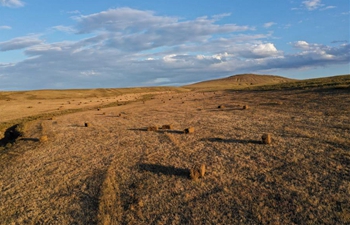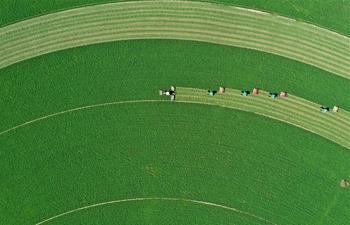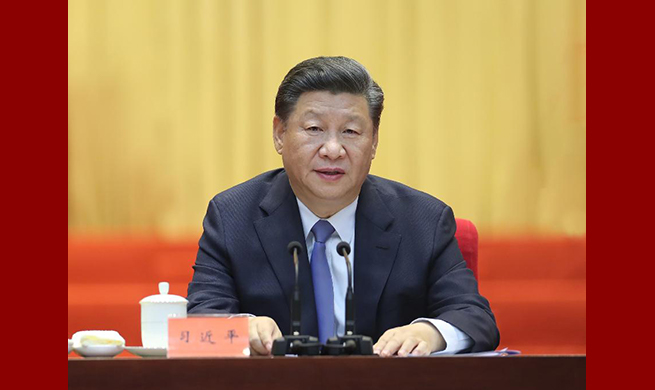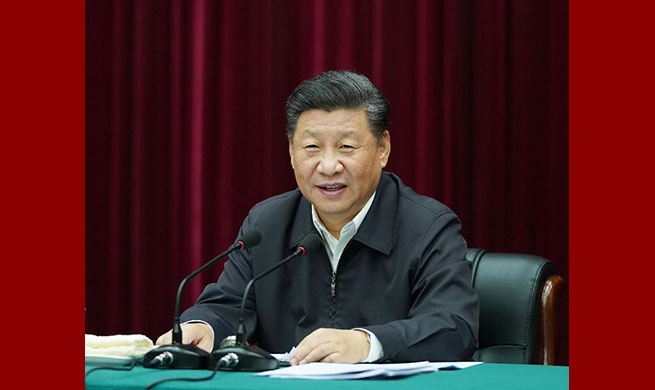BEIJING, Sept. 21 (Xinhua) -- Chinese scientists have revealed the evolutionary history of ginkgo trees, facilitating conservation and cultivation of the plant.
Ginkgo originated more than 240 million years ago. Despite global climate changes and human activities, ginkgo has survived to this day and is widely cultivated around the world.
Living fossils provide excellent opportunities to study evolutionary questions related to extinction, competition, and adaptation. Ginkgo is one of the oldest living plants and a fascinating example of how people have saved a species from extinction and assisted in its resurgence.
Scientists from the Institute of Botany under the Chinese Academy of Sciences, Zhejiang University and the Shenzhen-based BGI Genomics Institute re-sequenced 545 genomes of ginkgo trees sampled from 51 populations across the world. They identified three refugia in China that helped save ginkgo from extinction and detected multiple cycles of population expansion and reduction.
Scientists characterized the major climate changes that have shaped the geographic distribution of ginkgo. They used genome-wide scanning to find the genes and metabolism related to ginkgo trees' adaption to different environments. These investigations lay an important foundation for further studies on the potential mechanism of ginkgo's survival and resilience.
The research also shows that some wild populations of ginkgo trees are being disturbed by human activities and need further protection.
Besides providing a comprehensive evolutionary framework for ginkgo research and conservation, the study provides examples for the research and protection of other "living fossil" species, which may further reveal the secrets of adaptation and extinction.
The research was published Friday online in the journal Nature Communications.

















